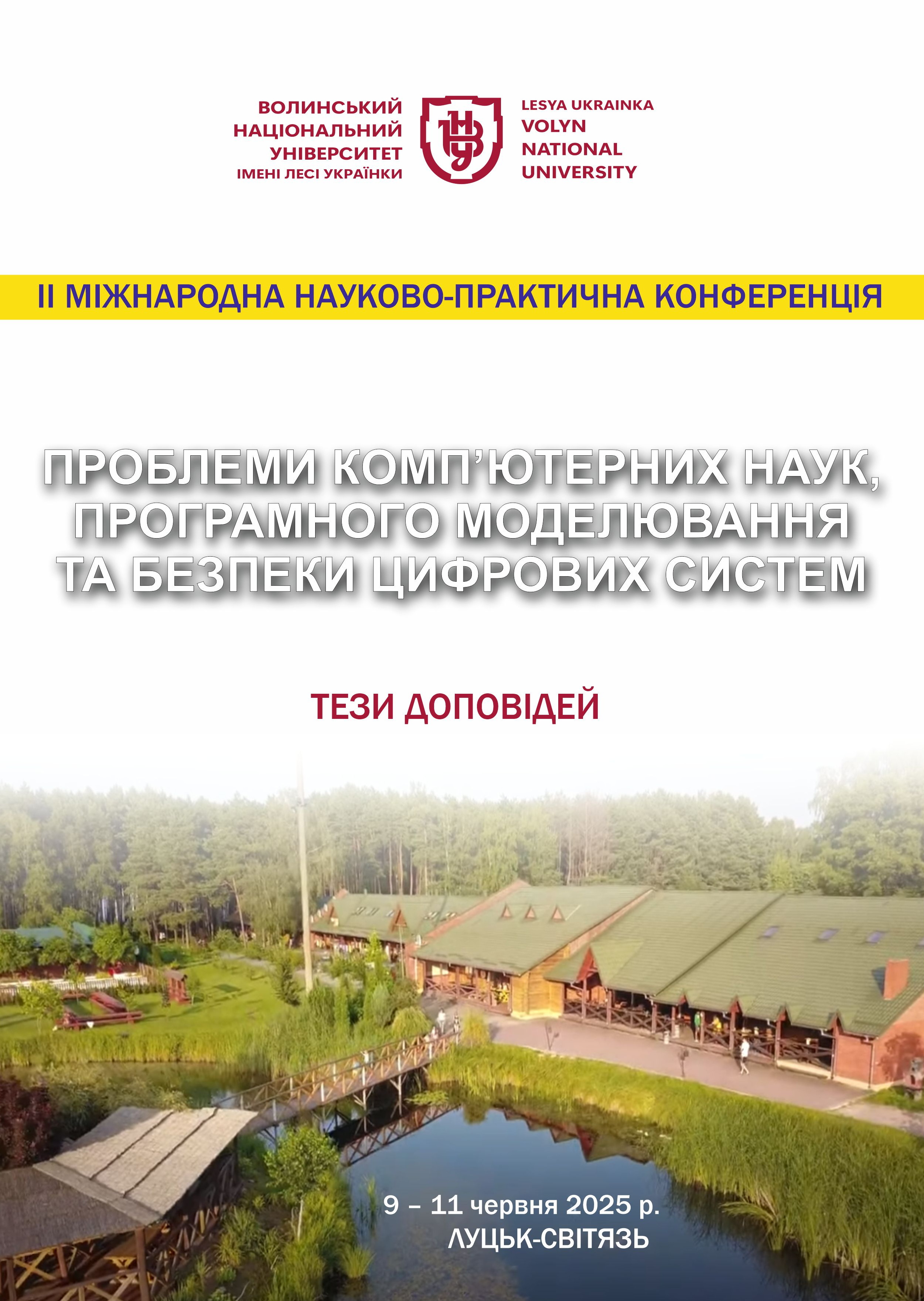APPLICATION OF SPHERICAL HARMONICS FOR COMPUTING FUNDAMENTAL SOLUTIONS OF 3D STATIC THERMOELASTIC PROBLEMS IN QUASICRYSTALS
Keywords:
Quasicrystals, Spherical harmonics, Thermoelasticity, Problems of static thermoelasAbstract
This paper explores the use of spherical harmonics for computing fundamental solutions of three-dimensional static thermoelastic problems in quasicrystals. Quasicrystals are complex anisotropic materials with unique thermo-mechanical behavior, requiring advanced modeling approaches. The fundamental solution serves as a key component in solving boundary value problems for such media. The Radon transform is employed to reduce the governing equations to a more manageable form. Its inverse, expressed as an integral over a hemisphere, is efficiently evaluated by expanding the integrand in spherical harmonics. The first harmonic represents the isotropic response, while higher-order terms capture anisotropic effects. This approach ensures fast convergence and enables semi-analytical representation of solutions. The proposed method enhances both the accuracy and computational efficiency of modeling thermoelastic behavior in quasicrystalline materials.
References
Deans S.R. The Radon transform and some of its applications. New York: Wiley-Interscience Publication, 1983.
Freeden W., Schreiner M. Spherical Functions of Mathematical Geosciences. New York: Springer Nature, 2022.





